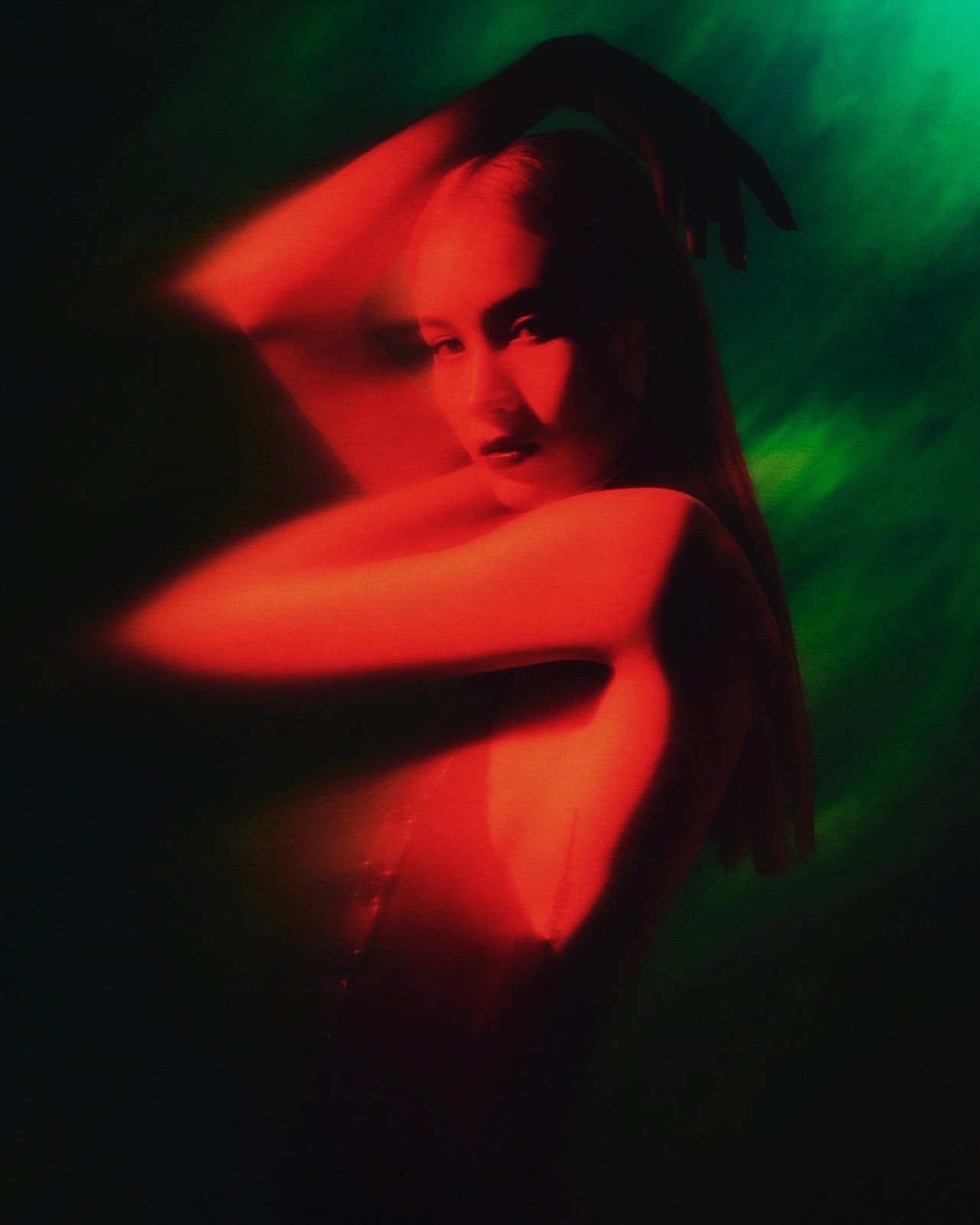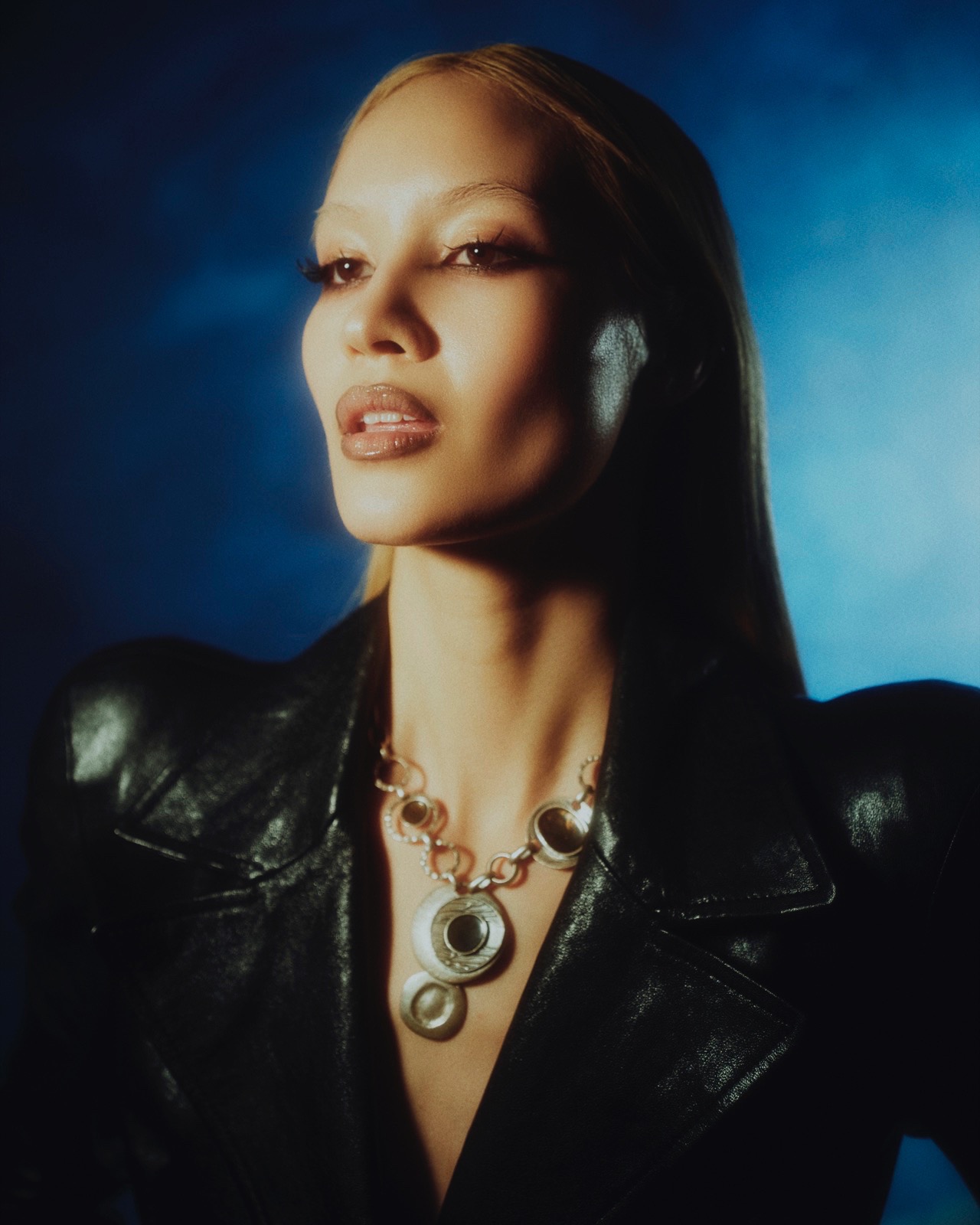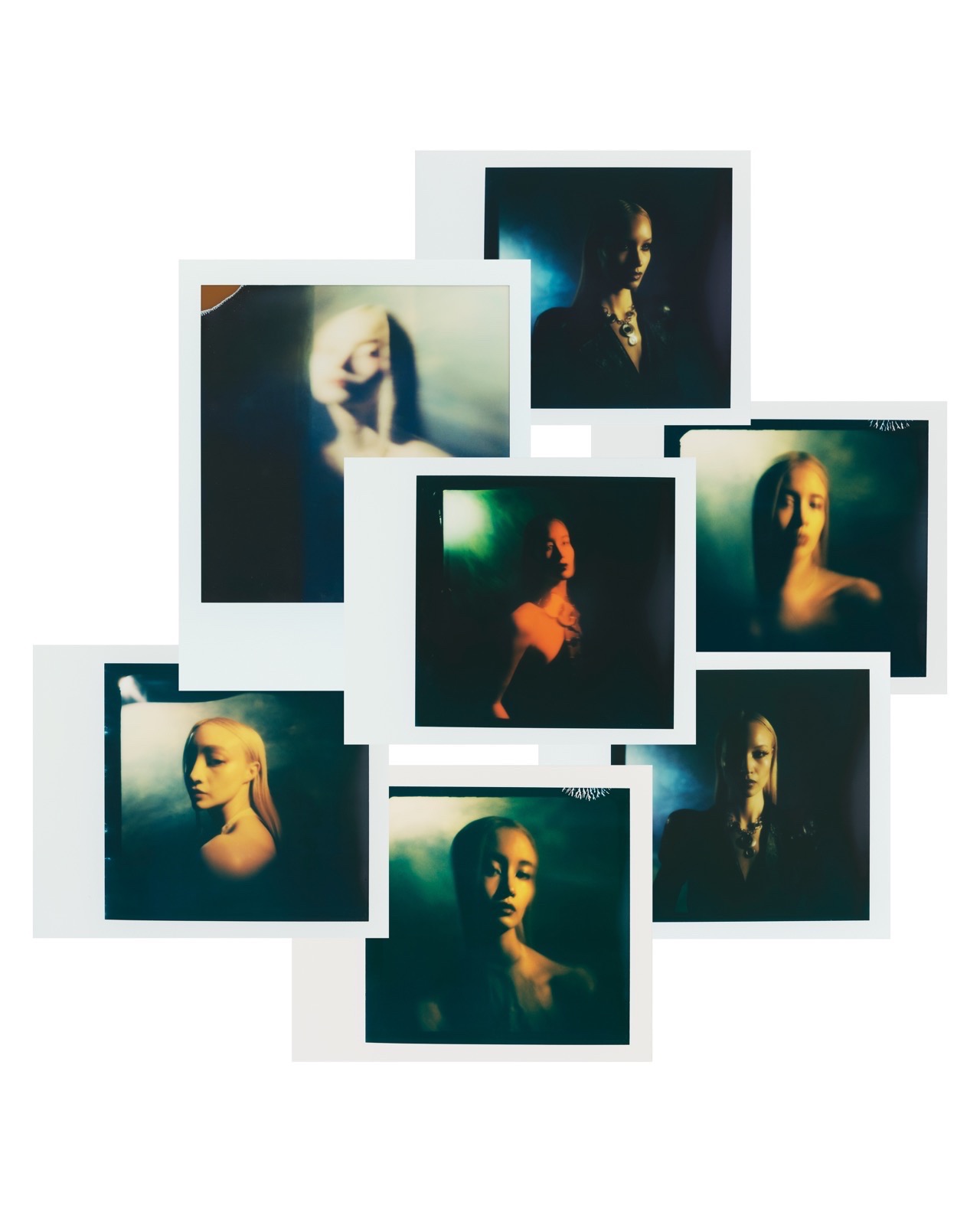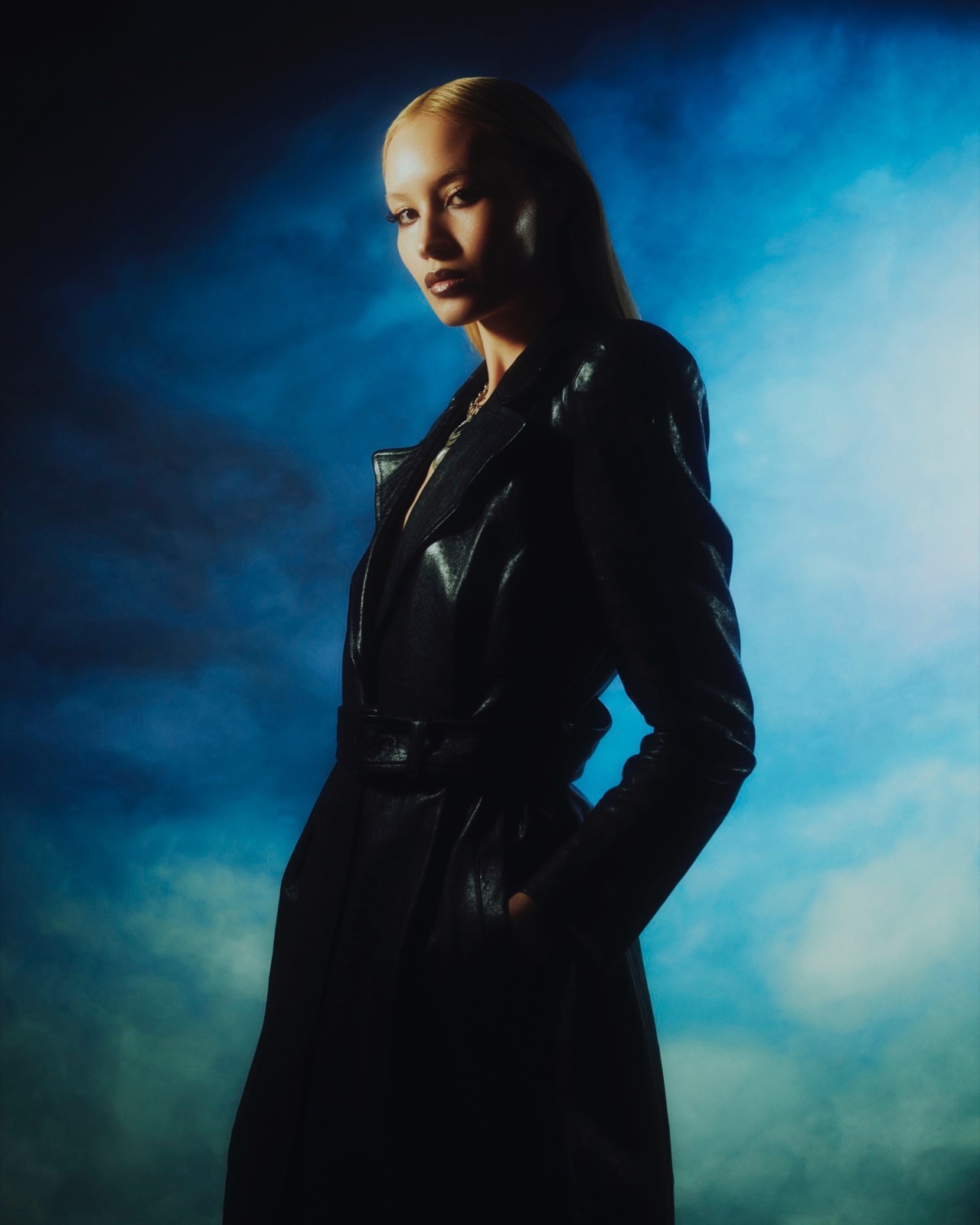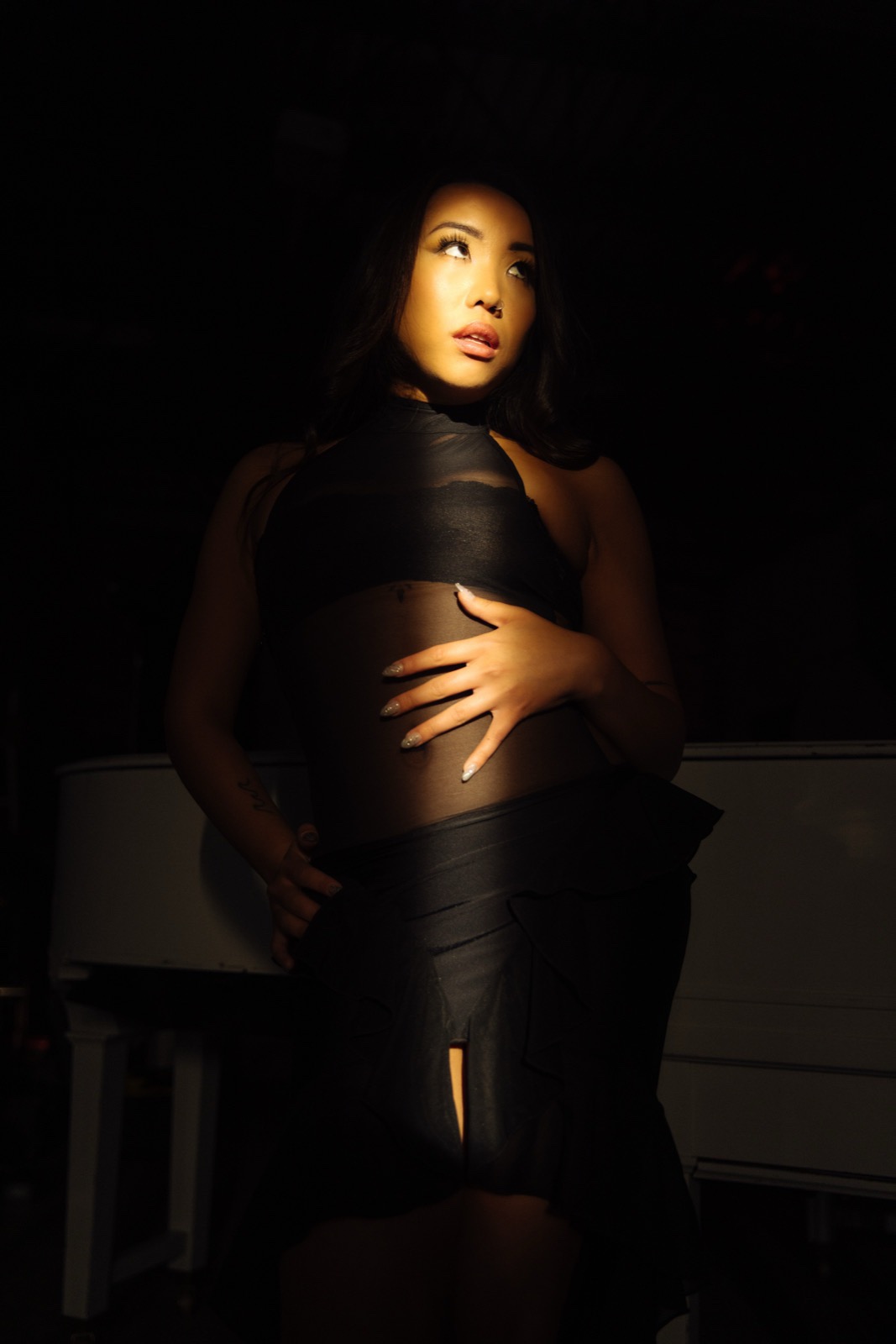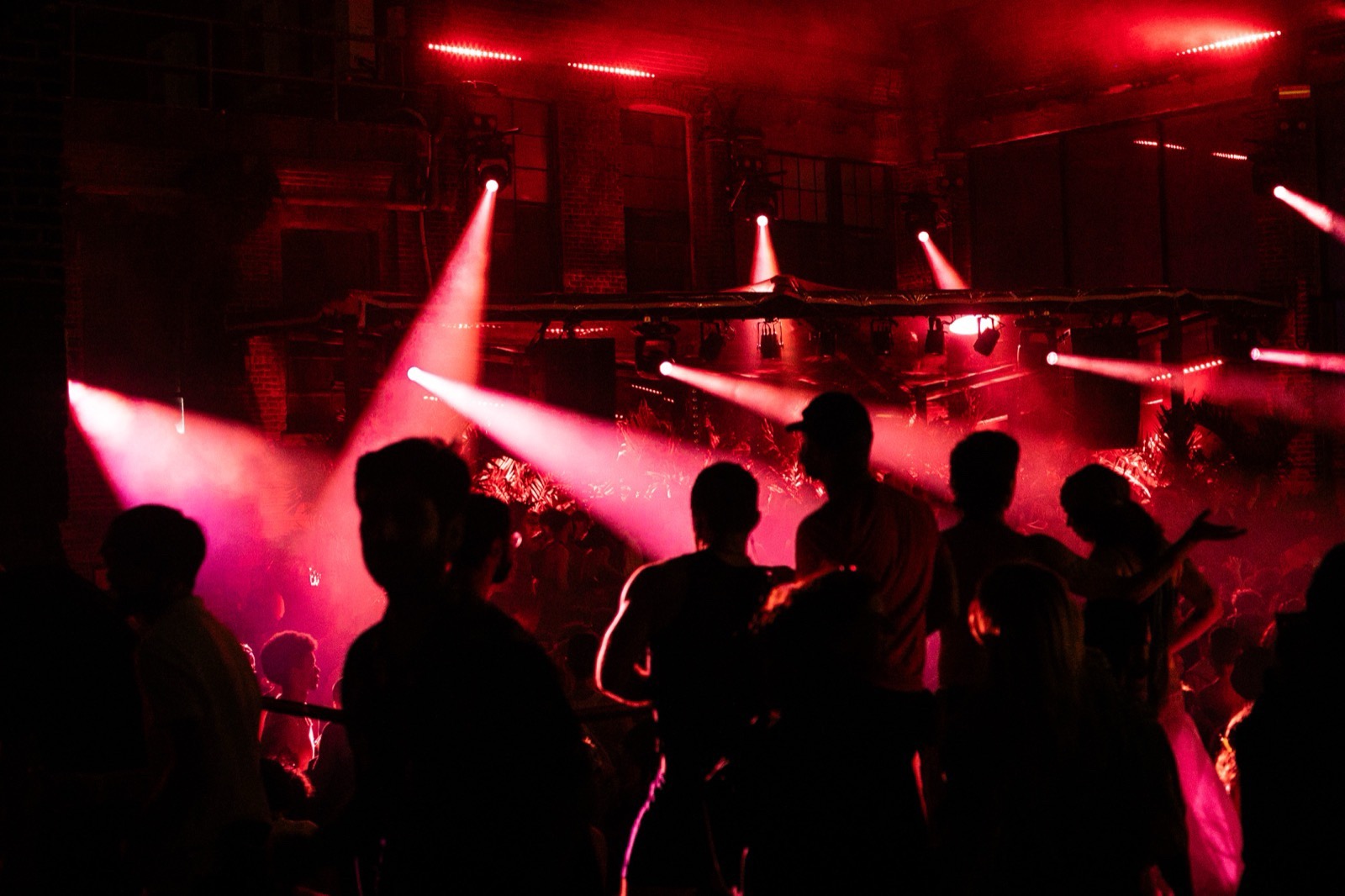Jumping between languages, genres, and mediums isn’t just a choice, it’s a necessity. It’s how I stay honest with myself. I also try to honor my natural rhythm: my energy shifts, and so does the way I move through the world, sometimes more outward and expressive, other times deeply introspective. There’s a side of me people rarely see: my goofy, silly self. Maybe it’ll come out more if I start doing talking videos or vlogs… we’ll see!
When you listen to music, what are you truly looking for? What are your standards—both technical and emotional? And without filters: what can’t you stand in the current scene? What feels hollow, tired, or simply overrated to you?
I look for meaning. The form doesn’t have to be flawless; if the emotion is there and the message resonates, I’m fully in. I also love being surprised. Familiar textures or structures can be comforting, but it’s those unexpected twists that keep me engaged and excited. I’ve never really connected with music that feels emotionally detached or nonchalant. It just doesn’t move me. I’m a romantic when it comes to music. I need to hear passion in the interpretation, in the choice of sounds, instruments, even in the imperfections. I want to feel that someone cared. For me, music is like dressing for a moment; I have different tracks for different moods and phases of the day. Music shapes how I move through time and space, how I feel, how I dream. What feels tired in the current scene is the pressure for artists and producers to stick to one sound or identity. Audiences seem to lose interest the moment someone tries something new. I find that frustrating. There’s so much richness in letting artists evolve. Trust their taste! You might be surprised by how much it expands your own.
What do you really want to communicate to your audience? If someone had to describe you in three words—one for your musical identity, one for your personal self, and one for what you keep hidden—what would you want those words to be?
I want my audience to feel free when they listen to my music. I hope it sparks curiosity, creates physical release, and opens up mental space.
If I had to pick three words:
Musical identity: eclectic
Personal self: flow
Hidden side: nerdy
Red dominates your Instagram feed. Is it purely aesthetic, or is there something deeper at play? What does that colour say about you? And while we’re at it, what are your red flags?
Red is actually my favorite color; it’s vibrant, powerful, and reminds me of my favorite club nights. Wearing red makes me feel sensually confident and alive.
Red flags? For others: lack of curiosity
For me: I’m fashionably late
 https://www.nastymagazine.com/wp-content/uploads/2023/04/Screenshot-2023-04-07-at-11.20.09.png
689
752
Editor Nasty
https://www.nastymagazine.com/wp-content/uploads/2015/02/new-logo-basker-WHITE4.png
Editor Nasty2023-04-07 11:12:092025-03-19 13:23:110010×0010 / Avant-Garde Alienation
https://www.nastymagazine.com/wp-content/uploads/2023/04/Screenshot-2023-04-07-at-11.20.09.png
689
752
Editor Nasty
https://www.nastymagazine.com/wp-content/uploads/2015/02/new-logo-basker-WHITE4.png
Editor Nasty2023-04-07 11:12:092025-03-19 13:23:110010×0010 / Avant-Garde Alienation
